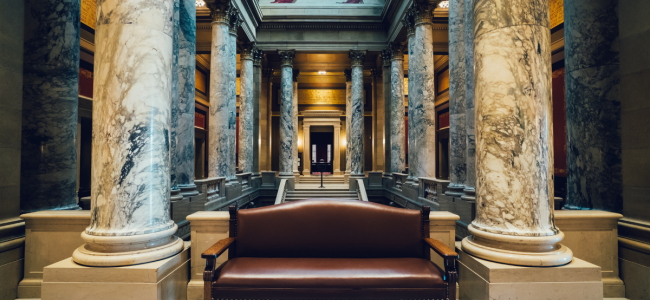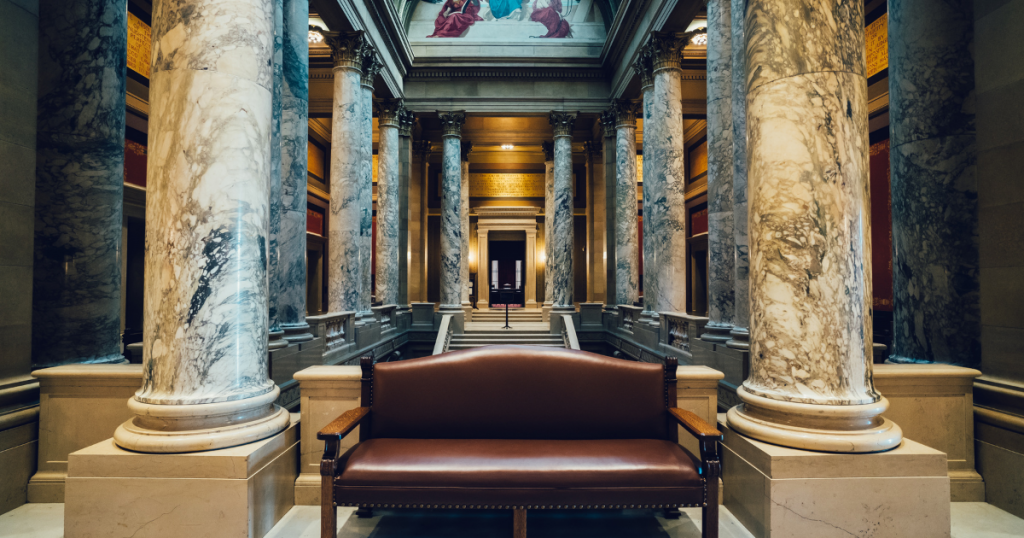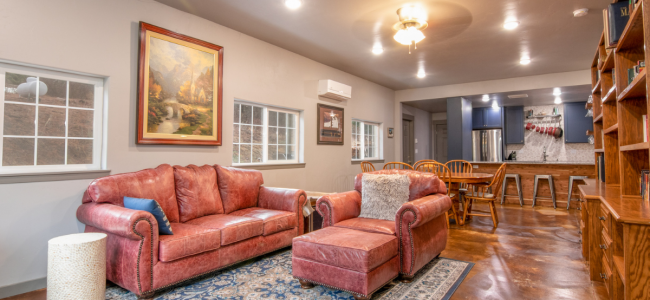

Leather sofas are a staple of comfort and luxury in the home. With their sleek lines and sophisticated look, they add a touch of elegance to any room. But beyond their aesthetic appeal, leather sofas offer unparalleled comfort and relaxation, making them the perfect place to sink into after a long day or to entertain guests. In this comprehensive guide, we explore the many benefits of a Comfortable Leather Sofa and provide tips on how to choose the perfect one for your home.
What Makes Leather Sofas So Comfortable?
Leather sofas offer a level of comfort that is unparalleled by other types of sofas. The smooth texture of the leather conforms to your body, providing support and cushioning in all the right places. Additionally, leather is naturally resistant to wear and tear, which means it will last longer than other types of upholstery and maintain its comfortable feel over time.
Types of Leather Used in Sofa Upholstery
There are two main types of leather used in sofa upholstery: top grain and split grain. Top grain leather is the highest quality leather and is made from the top layer of the hide, which has been sanded to remove any imperfections. This type of leather is more expensive than split-grain leather but offers a superior look and feel. Split grain leather, on the other hand, is made from the lower layer of the hide and is less expensive. While split-grain leather may not have the same quality as top-grain leather, it is still a durable and comfortable option for your sofa.
Choosing the Right Leather Sofa for Your Home
When choosing a leather sofa, there are several factors to consider. The first is size. You want to make sure the sofa fits comfortably in the room and provides enough seating for everyone. The second factor is color. Leather sofas come in a variety of colors, so it’s important to choose one that complements your décor. Finally, consider the style of the sofa. Do you want a traditional look or a more contemporary design? The style of the sofa will have a significant impact on the overall look and feel of the room.
Care and Maintenance of Leather Sofas
Leather sofas require some care and maintenance to keep them looking and feeling their best. Regular cleaning is essential to remove any dirt and debris that may accumulate on the surface. A soft cloth dampened with mild soap and water is usually all you need to keep your leather sofa looking clean and shiny. You should also condition the leather regularly to prevent it from drying out and cracking. There are many products available specifically designed for leather care, so choose one that suits your needs and follow the instructions carefully.
Advantages of Leather Sofas over Other Types of Sofas
There are many advantages to choosing a leather sofa over other types of sofas. Leather is naturally resistant to wear and tear, which means it will last longer than other types of upholstery. Additionally, leather is easy to clean and maintain, making it a great option for families with children or pets. Leather sofas also offer a level of comfort that is unparalleled by other types of sofas, providing support and cushioning in all the right places. Finally, leather sofas add a touch of elegance and sophistication to any room, making them a great investment for your home.
Conclusion
In conclusion, leather sofas offer a luxurious and comfortable seating option that can add a touch of elegance and style to any living space. With proper care and maintenance, these sofas can last for many years, providing a comfortable and inviting space for you and your family to relax and enjoy.
From choosing the right type of leather and style of sofa to understanding how to clean and care for your leather sofa, this comprehensive guide has provided you with all the information you need to ensure your leather sofa stays looking and feeling its best. So, whether you are looking to sink into bliss after a long day at work, or simply want to create a cozy and inviting space in your home, a leather sofa is a great choice for those who value comfort and style.
FAQs
What is the best type of leather for a sofa?
The best type of leather for a sofa will depend on your specific needs and preferences. High-quality, full-grain leather is considered the most durable and luxurious option, while corrected-grain leather offers a more affordable alternative that still provides a smooth and even surface.
Can leather sofas be repaired if they become damaged?
Yes, leather sofas can be repaired if they become damaged. Small scratches and nicks can be buffed out with a leather repair kit, while more extensive damage may require professional repair services.
How do I clean a leather sofa?
To clean a leather sofa, start by dusting and vacuuming it regularly to remove any surface dirt and debris. For more thorough cleaning, use a damp cloth and a mild soap solution to gently clean the surface, taking care not to soak the leather. Avoid using harsh chemicals or abrasive materials, as these can damage the leather.
How often should I condition my leather sofa?
Leather sofas should be conditioned every 6 to 12 months to keep the leather supple and prevent it from cracking or drying out. Use a high-quality leather conditioner specifically designed for use on furniture to keep your leather sofa looking and feeling its best.
Is it necessary to protect a leather sofa from sunlight?
Yes, it is important to protect a leather sofa from direct sunlight and UV rays, as these can cause the leather to fade and crack over time. Place the sofa away from windows or use curtains or blinds to limit its exposure to sunlight.



